Safe Haven: Telineelapuram For Pelicans and Painted Storks
Introduction:
The relationship between man and birds is as old as the hill, flipping through the pages of history, one would realize that the relationship has been a special one and they were connected in many ways, be it supply of food, birds acting as couriers or serving as symbols of prestige. And when it comes to relationship with the avian species, the migratory birds have always played an important role.
Migratory birds- and the incredible annual journeys they take traversing thousands of kilometers, and crossing entire countries and even continents- have always been an inspiration to people around the world. The phenomenon of migration has fascinated people for centuries, and continues to do so today. In some places like Telineelapuram in Andhra Pradesh their date of arrival is considered as an auspicious day.
Telineelapuram and Telukunchi Bird Sanctuaries are located in Srikakulam district of Andhra Pradesh. Telineelapuram is a village located 65 kilometers from Srikakulam in Tekkali mandal, while Telukunchi is at a distance of 115 kilometers from Srikakulam in Ichchapuram mandal. Tekkali creek and the villages in its vicinity like Telineelapuram, Ijjuvaram and Naupada have become a seasonal resort for the winged tourists coming from as far as Siberia in Russia, Malaysia, Hungary, Singapore and Germany apart from 113 different species of inland birds, a majority of which are migrants from other states.
The environment-friendly region, declared a biological heritage site by the Bio-diversity Board of AP, is well protected. The ‘devatha pakshulu’ is shielded from any activity that would jeopardize the serene and ecological balance in the region. No industrial activity which mars the ecological balance is encouraged, so habitat is safe.
The Forest Department in its bid to promote Telineelapuram as a community based eco-tourist destination has prepared an action plan for development of the bird resort as an eco-tourist centre by constructing watchman sheds, umbrella type pagodas for visitors, digging bore-wells and construction of water tanks, providing barbed wire around the tamarind trees which shelter the birds, releasing finger lings into the tank and basic facilities for visitors at a cost of Rs.17 lakhs.
The Birds travel:
Every year spot-billed pelicans and painted storks numbering around 3000, travel some 7,000 kms and arrive in the month of September/October to escape the harsh winter. These winged visitors breed in an around the big water bodies. They reside for about seven months, and start undertaking the long reverse migration from the month of March onwards when weather starts becoming hot. During this period of stay they feed their fledglings in regular intervals throughout the day. This results in the offspring becoming big and strong enough to undertake the long flyback.
The Tekkali creek between Bhavanapadu, Meghavaram and Kakarapalle is a wonderful feeding ground. The Telineelapuram and Nowpada swamps and its surroundings are a refuge for over 100 bird species. Ringed plover, Kentish plover, Sand plover, Dunlin, Red shank, Grey heron, Whimbrel, Bar headed goose, Greater flamingo and Little tern are resident species in the region making it a paradise for bird observers.
Celestial navigation:
Even after cruising beneath the Pacific and Atlantic oceans for years, commanders of the state-of-the-art U.S.-made SSBN Typhoon-class nuclear submarine refer to the satellite-fed global positioning system and electronic gadgets to assess their position and charter their course back to the bases. But what mechanism do pelicans and painted storks follow to traverse the huge distance from the snow deserts of Siberia to the coastal village of Telineelapuram in Srikakulam district of Andhra Pradesh?
“They simply go by celestial navigation. Some researcher’s say the birds possess innate sensory objects in their brain that can trace the waves generated by the Earth’s magnetic field,”
Flying in groups shaped `V,’ the older birds lead the way. `V’ formation scientifically creates a vacuum in the middle to facilitate the younger ones to use less energy. Many aircraft manufacturers follow the aerodynamics and flying patterns of these migratory birds in their research and development programme. The birds fly at an average speed of 90 kmph and can do over 800 km at a stretch.
Dwindling numbers:
The migratory birds were first noticed over 15 years ago. At that time the number of birds exceeded 10,000. Today, the figure has been reduced to about 3,000.
Both the pelicans and the painted storks are sensitive to pollution. The dwindling number of the birds is attributed to a fire accident at Telineelapuram a few years ago and to increased tree felling. The locals consider the birds to be auspicious and hence poaching is rare. However poaching is said to happen at the feeding grounds.
Painted Stork:
The painted stork (Mycteria Leucocephala) is a large wading bird in the stork family. This large stork has a heavy yellow bill with a down curved tip. The head is bare and orange or reddish in colour. The long tertials are tipped in bright pink and at rest they extend over the back and rump, which hide short and black tail. The legs are yellowish to red but often appear white. The juvenile reach breeding condition after two or three years. The bare red skin on the head is developed when reaching breeding maturity. The painted stork is widely distributed over the plains of Asia. They are found south of the Himalayan ranges and are bounded on the west by the Indus river system where they are rare and extend eastwards into southeast Asia. They are mainly seen on freshwater wetlands although they sometimes forage on the coast. They are resident in most regions but make seasonal movements.
They forage in flocks in shallow waters along rivers or lakes. They immerse their half open beaks in water and sweep them from side to side and snap up their prey of small fish that are sensed by touch. The nest colonies are in trees. The best nestling sites are at the top of the trees. They make short distance in some parts of their range in response to the food and for breeding. A lot of variation is noticed in the onset of the breeding across sites in a season, like in Andhra Pradesh in Teelineelapuram , around October to November. Apart from this other sites are Kondarkarla, Gosthani Estuary and Thatipudi etc.
Painted stork being large and colourful birds and their nesting colonies become centres for tourist interest. Particularly well-known nest sites are those that are close to human settlements and these includes the colony in Teelineelapuram and telliguchi. The birds nest within the trees in the village forming mixed nesting colonies with the spot billed Pelican.
Spot Billed Pelican:
Size of pelican is similar to a vulture, with the sexes alike, head, neck and upper parts gray, underpants grayish white, blue spots on the upper mandible. Juvenile pale brown above and white below. Near threatened, resident and locally migratory, in well-watered tracts all over India frequents a variety of deep or shallow wetlands, manmade and natural, freshwater and saline, including marshes, lakes, river and estuaries.
Dalmatian Pelican:
White under wing and blackish trailing edge. Orange gular pouch, grayish cast to plumage, dark grey legs and found in large water bodies. Although as per “A Field Guide to the Birds of India” book by Krys Kazmierczak, it is found in northern part of India, but Teelineelpuram is home to these avian species. However we could not spot them.
Our visit to Teelineelapuram:
Painted stork, Pelicans are listed as Near Threatened by Birdlife International and IUCN, owing to some decline seen in most of its range. The local population provides security to these birds during brief nesting season when birds arrive in October and leaving in May-Jun.
As per the local information painted stork and pelicans have been visiting the village for the past 15 years. Due to increase in population, their arrival over the years has declined and also they select particularly the same village in spite of having nearby village of same caste/creed and occupation with same varieties of trees.
There is religious angle to the bird conservation. The village people consider the birds auspicious. Birds are considered to bring prosperity in the village which was prevalent as we could see each house with all basic necessities and children going to the school. A small source of water is near to village where villagers do their routine activities, and the same pond is feeding centre for the storks/pelicans. Food shortage for birds in near future would be alarming as the population in the village increasing and so is consumption of water. The Pond is natural source which receives water from adequate rainfall over a period of time, has reduced water accumulation and thereby fish/aquatics species which support their livelihood of avian.
These trees are very old and have grown to the height of 40-50 feet and they provide protection and isolation from the animals and improve their survival rate. Some of them build nests in the Bamboos. Villagers consider these migratory birds as their family and accept them and protect their juveniles and parents too.
Their excreta are used as manure. Considering the large congregation of birds, it has been considered/declared as IBA. Competition for the site selection and nest building is very high. Few individuals which are unable to occupy the strategic location shift to the nearby tress but not outside the hamlet of 50-60 villagers as on date. These nests are preferably constructed at the top of the tree. Some birds also use the older nests, with slight modification /addition and alteration to meet the requirement. Their nests are made of twigs of tamarind, banyan, and other bushes found nearby. Their nests are not soft except the centre portion. During nesting one partner collects the twigs and other is arranging. The nest almost looks like crow nest except the twigs length and diameter is more. The nests are so closely prepared, that the distance between two nests is hardly ½-1 meter.
Some of the old trees are heavily crowded and it is mix of Pelican and Painted stork. We have seen 15(approx) nest on one old tamarind tree.
Few birds were found on ground as harvesting season begins. They move freely without bothered of being hunted or killed.
On an average two chicks are recorded in the single nest. Sometimes the chicks are prone to falling from the tree, during their learning lessons being conducted, but villagers have come out with innovative ideas by putting the fishing net underneath the tree so that the chick do not die and can be collected by the parents.
Deaths due to fall:
Most of the storks leave in the month of Mar-Apr remaining leave till Jun if arrived late. But the survival rate decreases as the water in the pond dries and less food remains to feed. They use the used nest of earlier birds with slight modifications to make it comfortable. They don’t start everything new. This is adaptability. Some of them become handicap/injured during their maiden flight and are kept in captivity till they get healed and if not then they remain till rest of their life.
This enclosure was constructed by the Andhra Pradesh government and one watch tower to have a better view of the village and birds.
Apart from the Migratory we could even spot, white bellied sea eagle, Indian grey hornbill, Indian roller, Jacanas, small sunbird, Black drongo, Asian openbill, Pheasants, green bee eater, white throated king fisher, pied kingfisher etc.
A unique experience to see the cordial and well knit relationship between humans and birds. This relationship increases their (bird) life expectancy and the bond they share makes them to visit every year. This message is passed down to their generations to generations and same is applicable to humans.
- Ladakh: An Enchanting Landscape - 28 June,2022
- Changes observed during a decade long love affair with Chilika - 31 March,2022
- Journey to Leopard Country - 30 December,2021

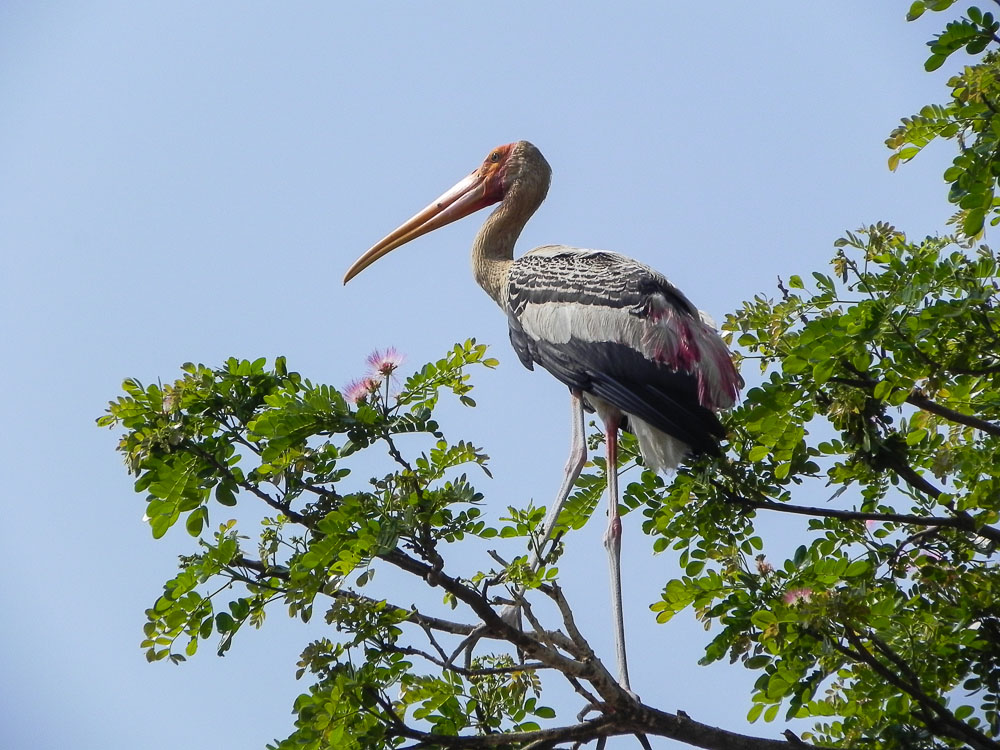
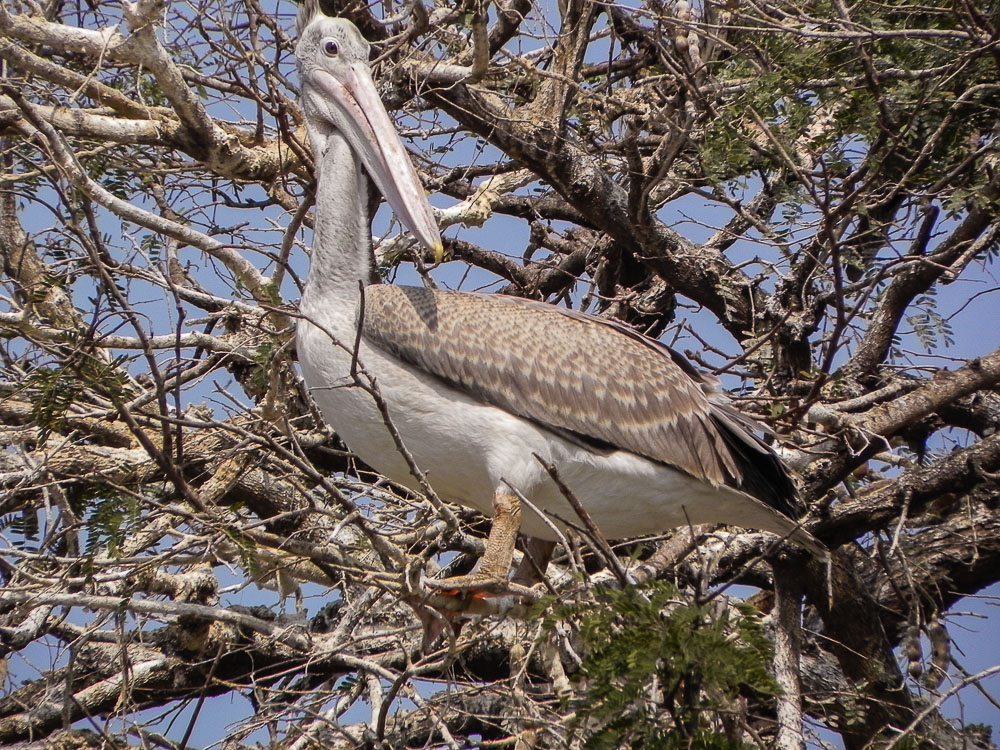
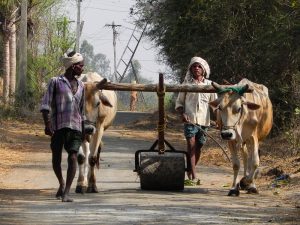
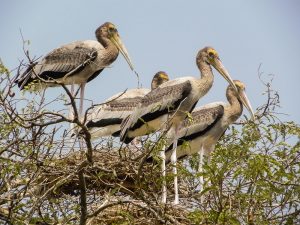
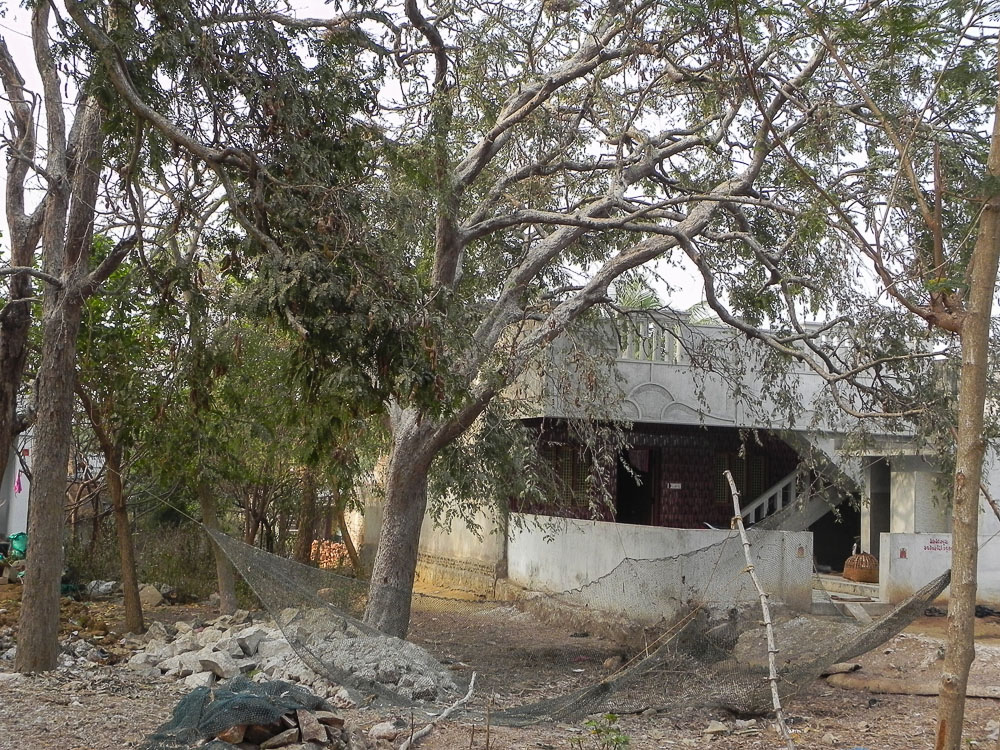
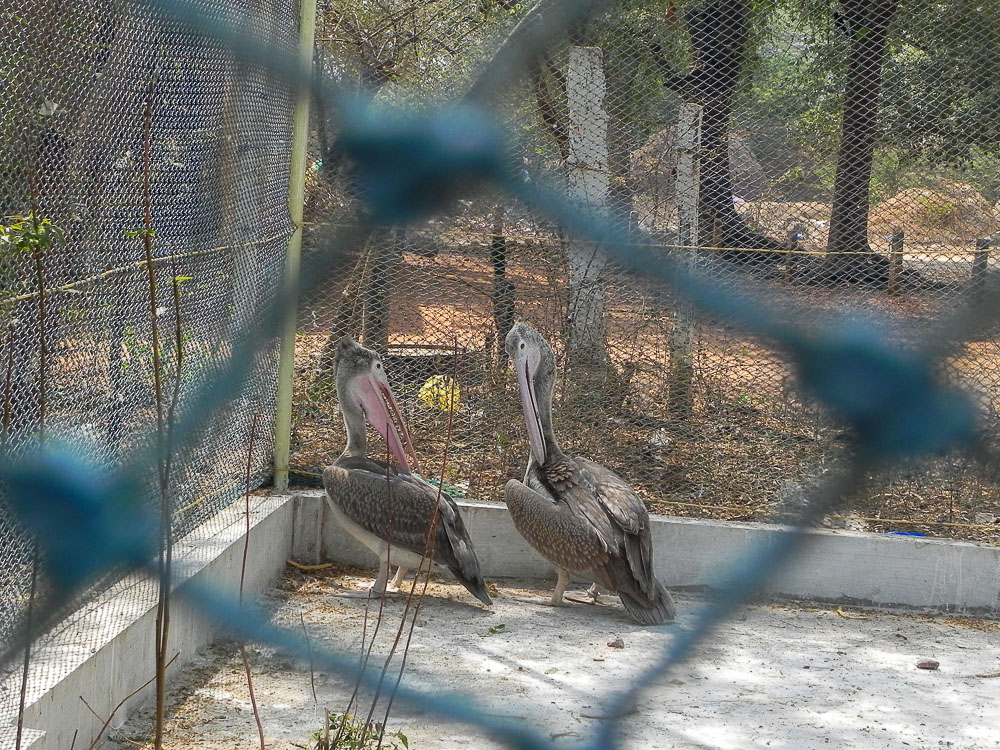
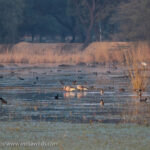

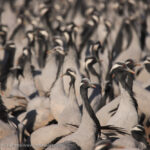




Leave a Reply